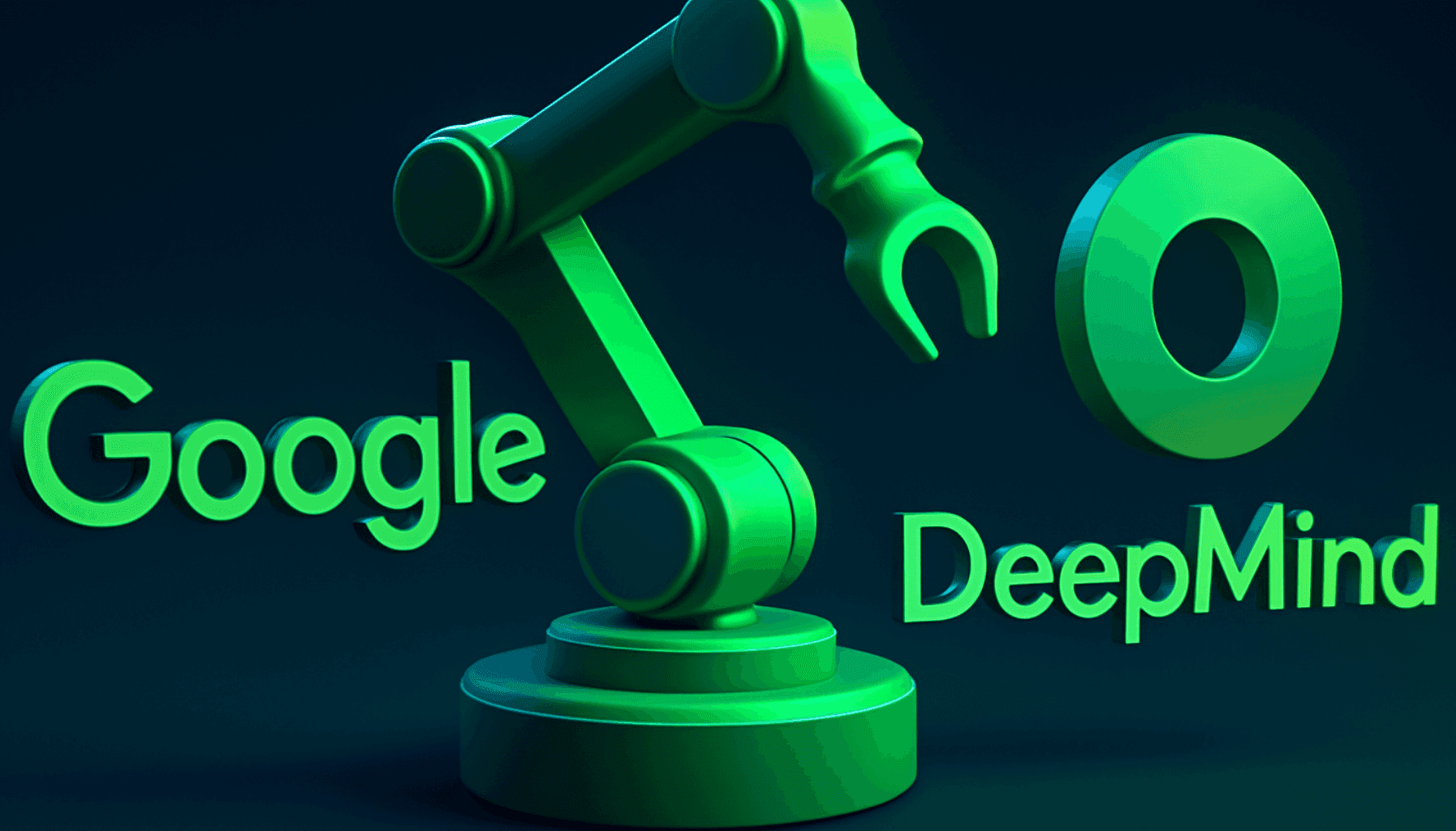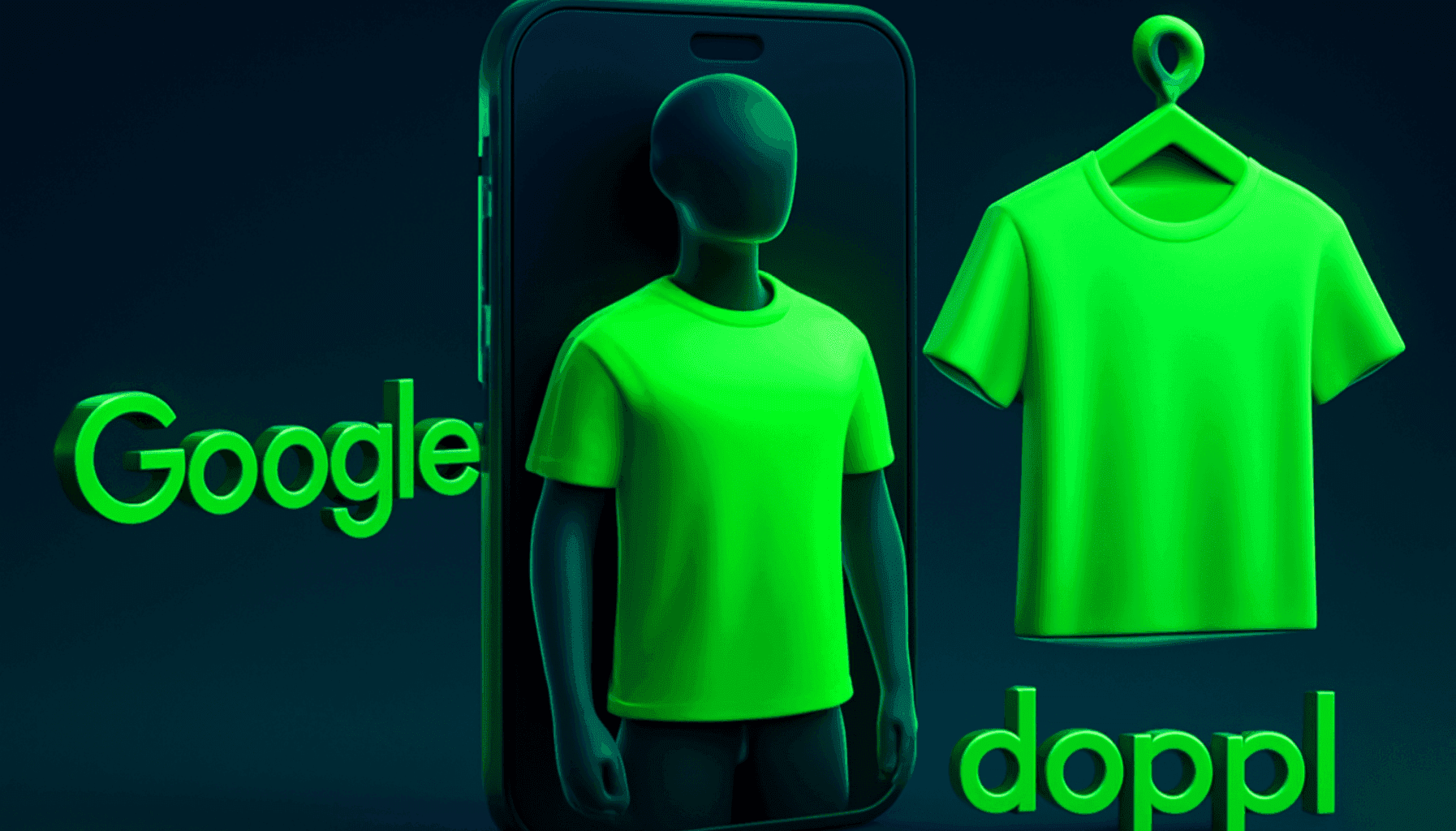
What is Computer Vision? Where is it Used?

What is Computer Vision? Where is it Used?
The concept of Computer Vision refers to the ability of computers to recognize and differentiate objects in a manner similar to humans. This concept, a field of computer science, is also referred to as "Bilgisayarlı Görü" in Turkish, which translates to "Computerized Vision." The concept encompasses the capture, processing, understanding, or analysis of an image and deriving a result from these processes. The format of the captured image can vary. This image can be an ultrasound image, video, photograph, or images from multiple cameras focused on a specific point. Computerized Vision has found widespread application and has been the subject of study for many years. This system, present in almost all technologies, is commonly used in the security sector, medical field, autonomous vehicles, regular Google searches, and in marketing.
Computer Vision is a process flow related to identifying, segregating, analyzing, and understanding useful parts from one or more images. A human can perform each of these operations on images they see. The aim of Computer Vision is to perform these operations without human intervention. Research aimed at the system begins with the development under this intention. Thanks to the algorithms developed through these studies, computers are equipped with human-like structures. In short, with the use of computerized vision, it's possible for computers to see, differentiate, understand, and interpret things just like humans. Computer Vision, with its broad application field, is one of the elements that makes human life easier with the help of advancing technologies. For example, seeing similar images of a picture that someone wants to research to see more examples is possible within seconds thanks to this system.
Development of Computer Vision
To answer the question of "What is Computer Vision?", it's necessary to know a bit about its historical development. The first use of the concept dates back many years. Computer Vision came into the picture for organizing and processing photographs of the Moon since the 1950s. As the days go by and the hardware becomes more powerful, its daily use increases, and basic distinctions are determined. There's a clear difference that separates the concept of computer vision from digital image processing. The reason for this distinction is the desire to turn this data into a 3D form for a full understanding of the scanned areas.
In the initial studies specific to the system, neural networks were developed to determine the boundaries of a specific object and then categorize it as a square, triangle, or rectangle. Later, with the commercial use of computers, optical scanning is used, for example, to scan handwritten texts. The most significant importance of this development is that it allows visually impaired individuals to interpret written texts. With the development of the Internet, large-scale image data becomes suitable for online use. Following this, significant progress is made in facial recognition technology. Over time, recognition from photos or videos also becomes possible.
What are the Tasks of Computer Vision?
Computer Vision, used in many applied fields, involves various methods such as numerical information, symbolic information, analysis, or extraction of high-dimensional data from the real world. Specific tasks related to Computer Vision principles include:
- Computer Vision determines whether an image contains a specific object or feature. Here, methods address issues like object recognition or, alternatively, object classification, identification, and detection. Object recognition allows the recognition of pre-determined objects or classes of objects. Identification involves recognizing a single instance of an object, such as facial or fingerprint identification. In the detection system, the data obtained is scanned due to a condition. In addition, there are specific tasks such as 2D code reading, shape recognition, pose estimation, optical character recognition, or content-based image retrieval. In short, this task involves whether image data contains a feature or object.
- Under the heading of motion analysis, there are also many tasks. It's essential to note the significance of motion estimation here. Examples of these tasks include optical flow, tracking, or egomotion. The tracking task focuses on tracking images or an object in images. Egomotion determines rotation or translation movements from a series of images produced by a camera. Optical flow is used to observe how each point within an image moves.
- When a video provides one or multiple data streams, there's a task that calculates the three-dimensional model of the scene with scene configuration.
- Another task of computer vision is image restoration. This restoration task aims to eliminate noise present in images.
How Does Computer Vision Work?
Computer Vision aims to understand and automate what the visual system can achieve. The fundamental purpose of this scientific field is to enable computers to see, or in other words, attribute meaning to objects, just like humans do. The question "What is computer vision?" is briefly answered this way. Here, the mentioned meaning attribution involves making symbolic analyses from existing visual data. For computers, this data consists of photos and videos.
Computer Vision requires a vast amount of data to operate. It ensures that these data are individually analyzed for differentiation. For example, to recognize a particular image, the computer must be repeatedly exposed to this image. Additionally, uploading a large number of derivative images accelerates the recognition process. Machine learning, deep learning, or learning methods known as CNNs are used to empower computers with recognition capability. An image obtained from a camera is processed in the computer and used for various purposes. This processing involves many operations, termed various filters and some mathematical transformations.
Computer Vision is frequently used in daily life. Even if individuals are not very aware, it appears almost everywhere. For instance, when entering a parking lot, the license plates of vehicles are scanned by the system. This scanning process is an example of this system. The goal here is to give computers a vision, just like humans. This is possible thanks to artificial intelligence, image processing, and machine learning. Once image processing identifies visual data, objects can be detected, different points can be distinguished, or objects can be tracked. It's generally possible to say that an artificial intelligence operates in the background of this process.
What are the Application Areas of Computer Vision?
It's possible to answer the question, "What is the use of Computer Vision?" by discussing its application areas. You can see this application actively used in many areas of daily life. There are many types of computer vision used in different forms. Processes such as object detection, face recognition, edge detection, image classification, or image segmentation are among the types of this system. Additionally, machine learning, autonomous vehicles, security systems, or tactile feedback are among the application areas of the Computer Vision principle. In daily life, many technologies involve this system. For example, a system widely used in the military detects enemy or military vehicles, preventing potential threats. Land vehicles, underwater vehicles, and manned or unmanned aerial vehicles also include this system in their auxiliary applications. It is also frequently and widely used in the field of medicine. Computer Vision, crucial in medical fields, can scan MRI and X-ray results to detect potential cancer cells. Diseases can be diagnosed with this system, and many operations like organ sizes or changes in blood values can be easily performed.
In the food sector, Computer Vision, which is frequently used, often helps detect and sort out poor or spoiled foods. In addition to the industries in which it is used, for instance, when individuals add a car photo to the Google search engine, all the car alternatives displayed have gone through stages of computer vision before appearing to the user.
After reading this content, did the idea of pursuing a career in 'Computer Vision' form in your mind? If you said 'Yes', you're in the right place! If you're looking for a new job in the technology field or have career goals in this area, techcareer.net is tailor-made for you. Let's help you find your dream job with our career guide, and also present you with the most suitable opportunities with our technology job listings!



